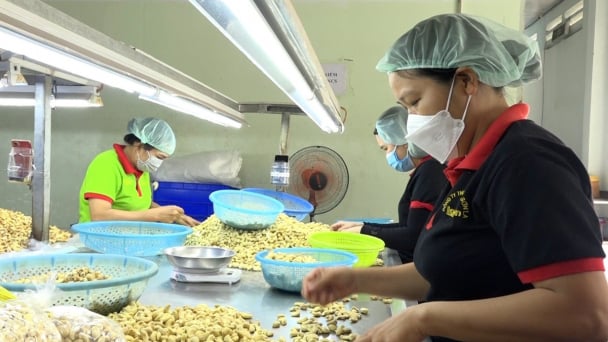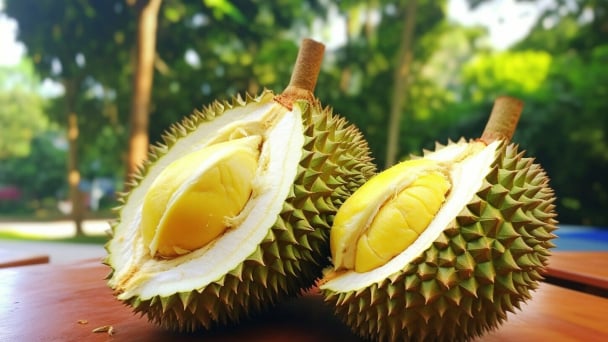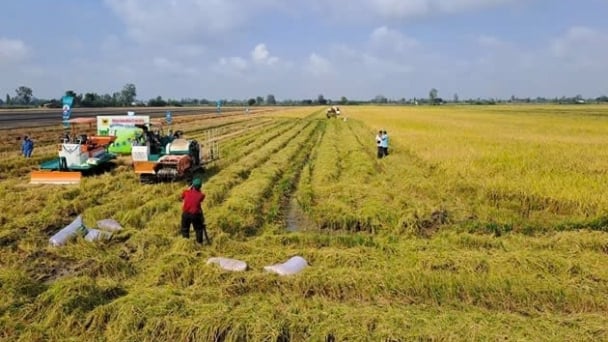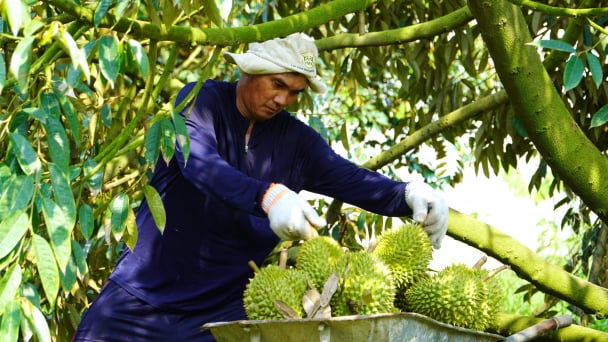May 24, 2025 | 16:26 GMT +7
May 24, 2025 | 16:26 GMT +7
Hotline: 0913.378.918
May 24, 2025 | 16:26 GMT +7
Hotline: 0913.378.918

Tra fish exports to China in the third quarter are at risk of further decline. Photo: Le Hoang Vu.
According to Ms. Ta Ha, tra fish market expert of the Vietnam Association of Seafood Exporters and Producers (VASEP), by the end of July 2021, the total value of tra fish exports to China - Hong Kong market reached more than USD 238 million, down 5% over the same period last year.
In the first half of this year, seafood exports in general and tra fish products in particular to China faced many difficulties due to policies restricting seafood imports into the country.
At the end of May 2021, Zhanjiang, one of the major transshipment hubs in China, has announced to suspend frozen food imports from major seafood producing countries including India, Vietnam and Thailand along with 8 other Asian countries, from June 20th to July 15th, 2021.
The reason given is that many cities such as Guangzhou, Foshan, Shenzhen, Zhanjiang, Maoming ... have signs of infection and spread of Covid-19. As a result, since the second quarter of 2021, the export value of Vietnamese tra fishes to the China - Hong Kong market has decreased continuously by 0.8 - 11.4% over the same period last year.
In the first half of this year, although the import demand for tra fish in particular and seafood in general was still large, the Chinese Government still introduced many policies to reduce the source of imported seafood. According to the International Trade Center (ITC), in the first three months of 2021, the value of China's whitefish imports decreased by 68% over the same period last year. Moreover, other seafood products such as salmon from Norway, Chile or Russian pollock imported into China also face many difficulties.
China's imports of whole and gutted pollock in the first four months of the year only reached 64,000 tons, down 83% in comparison to last year. During the first half of the year, the global pollock industry was significantly affected by the sudden drop in Chinese imports.
Chinese consumers continue to worry about the Covid-19 infection from imported seafood, so they had decided to increase domestic seafood consumption. Therefore, the price of many types of freshwater cultured fish products such as carp, black carp, white carp, and carp also increased by 34%, even up to 50-100%.
As assessed by Mr. Ta Ha, with the situation at present, it is certain that China will raise trade barriers in the near future. Furthermore, the control of Covid-19 through border gates and import ports will also be tightened. Therefore, Vietnam's frozen tra fish exports to this market are likely to decrease further in the third quarter of this year.
Translated by Samuel Pham
/2025/05/22/5250-1-184853_288.jpg)
(VAN) According to a representative from the Central Retail Vietnam, Vietnamese products such as seafood, sweet potatoes, dragon fruit, coffee, and spices hold great potential in the Thai market.

(VAN) A multi-channel, multi-directional strategy only works when the agricultural value chain meets global transparency and SPS standards.

(VAN) Market expansion is a matter of survival for Vietnamese businesses amid fierce competition and global supply chain fluctuations.

(VAN) Global market prospects for U.S. long-grain rice for the upcoming marketing year.

(VAN) China’s General Administration of Customs started permitting fresh durian shipments from Cambodia after a phytosanitary protocol was signed with the Cambodian Ministry of Agriculture in late April.

(VAN) To operate carbon market, one of the key issues is determining which types of 'commodities' meet the standards to be traded on the market.

(VAN) Durian-producing localities need to coordinate more effectively with central authorities to improve the traceability, monitoring, and response systems in case of violations.